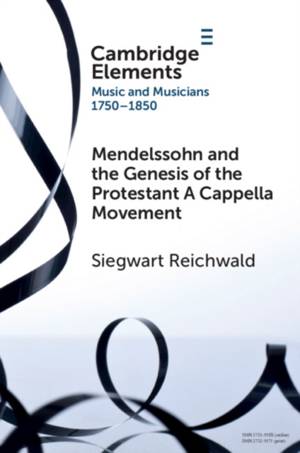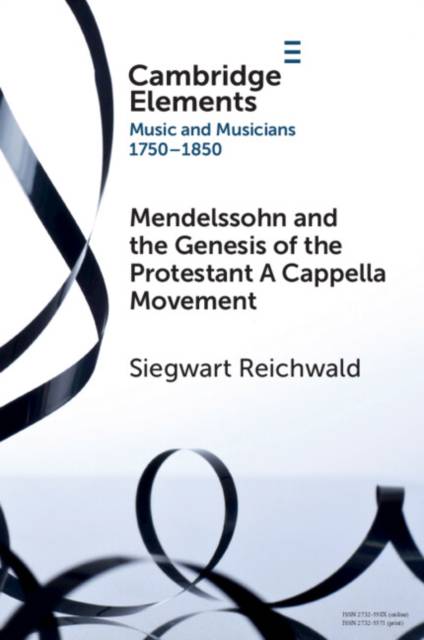
- Afhalen na 1 uur in een winkel met voorraad
- Gratis thuislevering in België vanaf € 30
- Ruim aanbod met 7 miljoen producten
- Afhalen na 1 uur in een winkel met voorraad
- Gratis thuislevering in België vanaf € 30
- Ruim aanbod met 7 miljoen producten
Zoeken
Mendelssohn and the Genesis of the Protestant A Cappella Movement
Siegwart Reichwald
€ 31,95
+ 63 punten
Omschrijving
Drawing on his experiences in Berlin under Schleiermacher and his travels to the Vatican, Mendelssohn, as the Director of Prussian Church Music, wanted to offer an edifying worship experience where large-scale choral works would become an indispensable part of the liturgy, which he saw as a performative or representational act, centered around the life of Christ. Yet he quickly realized that the court and clergy were not interested in his foundational concepts; they merely wanted reforms based on the restauration ideals espoused by Winterfeld and Thibaut. Analyses of his 25 Domchor compositions and their revisions in this Element chronicle Mendelssohn's stylistic development and his ability to continue to offer a Christological worship experience within strictly prescribed parameters. The Berlin Domchor and its new repertoire by Mendelssohn and contemporaneous composers quickly became the model for the emerging a cappella movement throughout Protestant Germany.
Specificaties
Betrokkenen
- Auteur(s):
- Uitgeverij:
Inhoud
- Aantal bladzijden:
- 98
- Taal:
- Engels
- Reeks:
Eigenschappen
- Productcode (EAN):
- 9781009113359
- Verschijningsdatum:
- 9/11/2023
- Uitvoering:
- Paperback
- Formaat:
- Trade paperback (VS)
- Afmetingen:
- 152 mm x 229 mm
- Gewicht:
- 140 g

Alleen bij Standaard Boekhandel
+ 63 punten op je klantenkaart van Standaard Boekhandel
Beoordelingen
We publiceren alleen reviews die voldoen aan de voorwaarden voor reviews. Bekijk onze voorwaarden voor reviews.











